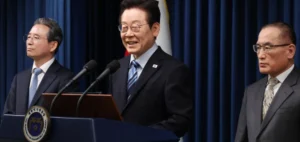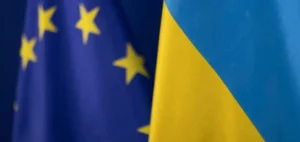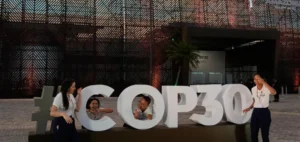Faced with an increasingly restrictive international environment, Russia has made a major strategic pivot by redirecting almost all its oil exports to Asia, mainly China and India. This maneuver, orchestrated in response to Western sanctions, preserved the country’s oil revenues. However, it is important to note that, following the implementation of a price cap by the international coalition, including the G7, the European Union and Australia, the Russian oil revenues fell by a significant 32% between January and November 2023compared with the same period in 2022. This measure aims to limit the financing of the war in Ukraine.
Impact of Sanctions and Strategic Responses
The Western sanctions, imposed because of Russia’s offensive in Ukraine, were aimed at hitting Russia’s energy sector, a vital component of its economy. In response, Russia has reacted with agility, redefining its commercial partnerships and turning to less traditional markets. However, the coalition has tightened the rules surrounding price caps, setting a maximum price of $60 a barrel for Russian oil sold to member countries. These measures have a significant impact on the global oil market and the Russian economy, aiming to maintain the stability of energy markets while reducing Russian revenues.
The Arctic LNG 2 Project: Defying Sanctions
The Arctic LNG 2 project, a gas megaproject in the Russian Arctic, is a striking example of Russia’s resilience and economic ambition in the face of sanctions. Despite the challenges posed by US sanctions, the project, led by gas giant Novatek, is making good progress. The commissioning of the first phase of the project is an important milestone, marking the start of a new era for the Russian gas industry. This major project is designed not only to significantly increase Russia’s production of liquefied natural gas (LNG), but also to strengthen its position in the global LNG market, diversifying its sources of revenue and accessing new markets.
Future Prospects and Ambitions for Gas
Russia’s long-term vision for its energy sector is ambitious. Spearheaded by the Arctic LNG 2 project, Russia plans to increase its share of global LNG production from 8% to 15-20% by 2035. This significant expansion reflects Russia’s ambition to become a major player in the global LNG market. The implications of this growth are considerable, not only for the Russian economy but also for the global energy market. By increasing its production capacity and diversifying its markets, Russia is seeking to ensure long-term stability and economic growth, despite an uncertain geopolitical context.
By redirecting its oil exports to Asia and pushing ahead with the Arctic LNG 2 project, Russia is demonstrating a remarkable ability to navigate a complex geopolitical environment and adapt to economic challenges. These strategic initiatives are not only responses to Western sanctions, but also steps towards a broader reconfiguration of global energy geopolitics. By proactively positioning itself in new markets and developing large-scale projects, Russia is actively shaping its economic and energy future.






















